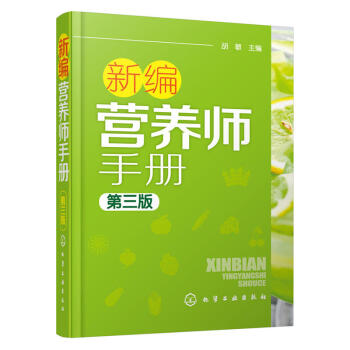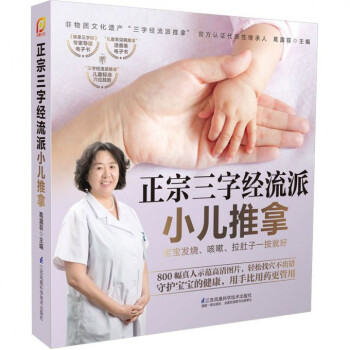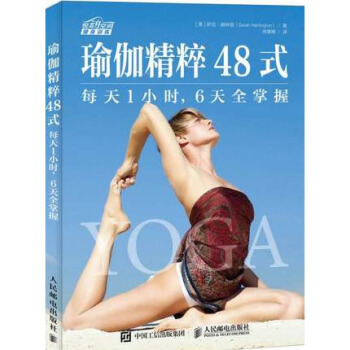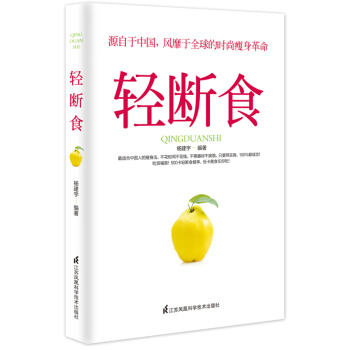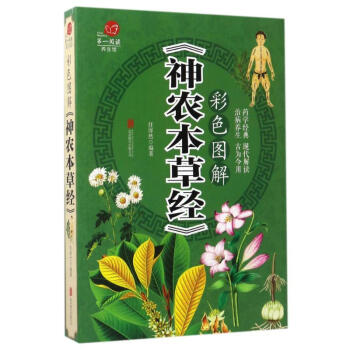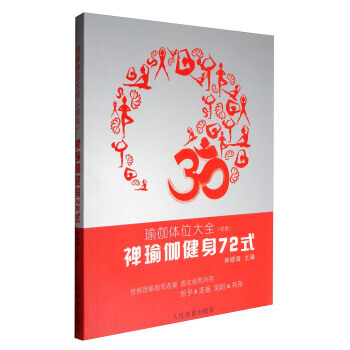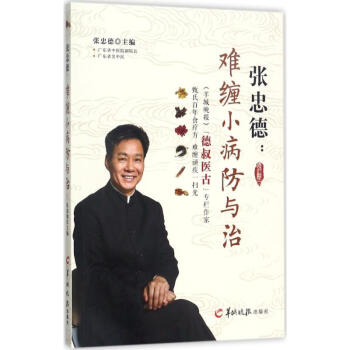具体描述
medicinal wonders: A journey through the ancient art of Chinese herbal medicine In the vast and intricate tapestry of human knowledge, few threads are as rich, as enduring, and as profoundly influential as the study of medicinal herbs. For millennia, across diverse cultures and continents, humanity has turned to the natural world for healing, for solace, and for the restoration of balance. Among these ancient traditions, Chinese herbal medicine stands as a colossal monument to human observation, empirical wisdom, and the deep reverence for nature's pharmacy. This comprehensive exploration delves into the heart of this remarkable system, tracing its origins, unraveling its core principles, and illuminating its enduring relevance in our modern world. The roots of wisdom: Tracing the lineage of Chinese herbal medicine The story of Chinese herbal medicine is not merely a collection of remedies; it is a narrative woven into the very fabric of Chinese civilization. Its roots stretch back to the dawn of history, where early shamans and healers, guided by instinct and careful observation, began to identify plants with therapeutic properties. These early discoveries were passed down through generations, evolving from oral traditions into codified knowledge. The legendary Emperor Shen Nong, often referred to as the "Divine Farmer," is credited with a pivotal role in the development of herbal medicine. Legend has it that he personally tasted hundreds of herbs, meticulously documenting their effects, both beneficial and harmful. His Shen Nong Ben Cao Jing (The Divine Farmer's Materia Medica), though largely lost to time in its original form, laid the groundwork for later compilations. This foundational work emphasized the importance of direct experience and systematic cataloging, principles that would define Chinese herbalism for centuries to come. As dynasties rose and fell, so too did the body of knowledge surrounding herbal medicine. The Han Dynasty (206 BCE – 220 CE) witnessed the compilation of the Shang Han Lun (Treatise on Cold Damage Disorders) by Zhang Zhongjing. This monumental work is considered a cornerstone of Chinese medicine, not only for its detailed descriptions of herbal formulas but also for its sophisticated diagnostic framework, linking specific symptoms to underlying patterns of disharmony. Zhang Zhongjing's insights into the treatment of febrile diseases and his emphasis on individualized treatment based on distinct presentations remain highly influential. The subsequent centuries saw further refinement and expansion. The Tang Dynasty (618 – 907 CE) saw the creation of the Xin Xiu Ben Cao (Newly Revised Materia Medica), the first officially commissioned pharmacopoeia, listing over 600 herbs. The Song Dynasty (960 – 1279 CE) continued this tradition with the Jianming Yifang (Prescriptions for Universal Relief), further standardizing knowledge and making it more accessible. However, the most comprehensive and enduring testament to this rich heritage is undoubtedly the Ben Cao Gang Mu (Compendium of Materia Medica) by Li Shizhen, compiled during the Ming Dynasty (1368 – 1644 CE). This monumental work, a lifetime's endeavor, meticulously cataloged nearly 1,900 medicinal substances, including herbs, minerals, and animal products, with detailed descriptions of their properties, preparation methods, and therapeutic applications. Li Shizhen's meticulous research, combining empirical observation with scholarly rigor, solidified the Ben Cao Gang Mu as an encyclopedic resource that continues to be consulted and revered by practitioners today. The philosophical bedrock: Yin and Yang, Qi, and the Five Elements At the core of Chinese herbal medicine lies a profound philosophical framework that views the human body and its relationship with the universe through a lens of interconnectedness and dynamic balance. This worldview is anchored in several key concepts: Yin and Yang: This fundamental principle describes the dualistic, interdependent, and complementary forces that govern all phenomena. Yin represents the passive, cool, dark, and moist aspects, while Yang embodies the active, warm, light, and dry aspects. In the body, Yin and Yang are in constant interplay. Illness arises when this balance is disrupted, leading to an excess of one or a deficiency of the other. Herbal remedies are often prescribed to restore this delicate equilibrium. For instance, warming herbs might be used to counter excessive Yin, while cooling herbs address excess Yang. Qi (Vital Energy): Qi is the fundamental life force that flows through the body, animating and sustaining all its functions. It is considered the animating principle of life, responsible for movement, warmth, and physiological activity. Qi circulates along specific pathways known as meridians. Blockages or deficiencies in Qi flow can lead to pain, fatigue, and various ailments. Herbal medicines can be employed to invigorate Qi, harmonize its flow, or nourish depleted Qi. The Five Elements (Wu Xing): This theory describes the cyclical relationships between five fundamental elements – Wood, Fire, Earth, Metal, and Water. Each element is associated with specific organs, seasons, emotions, tastes, and colors. The elements interact through generating (creation) and controlling (overcoming) cycles. For example, Wood generates Fire, Fire generates Earth, and so on. Conversely, Wood controls Earth, Earth controls Water, etc. This intricate web of relationships provides a framework for understanding how imbalances in one area can affect others. Herbal prescriptions are often chosen to address the specific elemental imbalances identified in a patient. For instance, herbs associated with Wood might be used to soothe the liver, which is linked to this element. Holism and Pattern Diagnosis: Unlike a purely symptom-based approach, Chinese herbal medicine emphasizes a holistic understanding of the individual. Practitioners consider the interconnectedness of all bodily systems and the patient's emotional, environmental, and lifestyle factors. Diagnosis involves identifying a unique "pattern of disharmony" rather than simply naming a disease. This pattern is determined through careful observation of the tongue and pulse, as well as detailed questioning about the patient's symptoms, history, and overall well-being. The chosen herbal formula is then tailored to address this specific pattern. The Materia Medica: A symphony of nature's remedies The vast repertoire of Chinese herbal medicine comprises thousands of individual substances, each possessing unique properties and therapeutic actions. These substances are classified according to their: Nature (Temperature): Herbs can be hot, warm, neutral, cool, or cold. This property is crucial for balancing the body's internal temperature. Flavor: The five primary flavors are pungent, sweet, sour, bitter, and salty. Each flavor has a specific action on the body and organs. For example, pungent flavors can disperse, sweet flavors can tonify, bitter flavors can drain, sour flavors can astringe, and salty flavors can soften. Channel Tropism: Herbs are believed to preferentially influence specific organ systems or meridians. Actions: This refers to the specific therapeutic effects of an herb, such as dispelling wind-cold, clearing heat, tonifying blood, or calming the spirit. The art of herbalism lies in the skillful combination of these individual substances into synergistic formulas. These formulas are not random assemblages but are meticulously crafted based on the principles of diagnosis and the specific requirements of the patient's pattern of disharmony. Formulas are designed to work in concert, with certain herbs acting as the chief ingredient to address the primary imbalance, others as deputy herbs to support the chief, assistant herbs to harmonize the formula and address secondary issues, and envoy herbs to guide the formula to specific areas of the body or enhance the actions of other ingredients. The enduring legacy and modern relevance Despite the advent of modern pharmaceuticals, Chinese herbal medicine continues to thrive, offering a unique and often complementary approach to health and well-being. Its strengths lie in its: Holistic perspective: It addresses the root causes of illness and promotes overall balance rather than merely suppressing symptoms. Individualized treatment: Formulas are tailored to the unique needs of each patient, fostering a personalized approach to healing. Gentle efficacy: When used appropriately, herbal medicines can be remarkably effective with fewer side effects than some conventional treatments. Preventive potential: Chinese herbal medicine emphasizes maintaining health and preventing illness, aligning with the modern emphasis on proactive wellness. Synergistic effects: The complex interplay of compounds within whole herbs and their combination in formulas often leads to a broader and more nuanced therapeutic effect than isolated compounds. In contemporary society, where chronic diseases, stress-related ailments, and a desire for natural and integrated healthcare solutions are prevalent, Chinese herbal medicine offers a powerful and time-tested system. Its rich history, profound philosophical underpinnings, and extensive pharmacopoeia provide a deep wellspring of wisdom that continues to nourish and heal individuals across the globe. It invites us to reconnect with the natural world, to understand the subtle energies that govern our health, and to embark on a journey of well-being rooted in ancient, yet eternally relevant, principles.



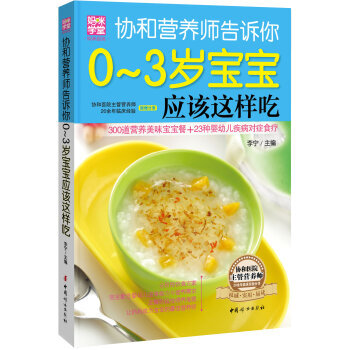
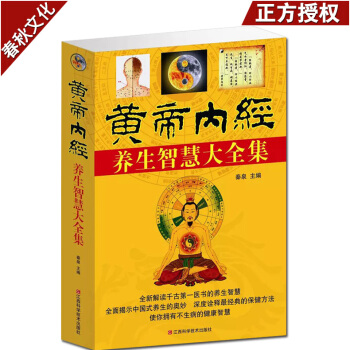

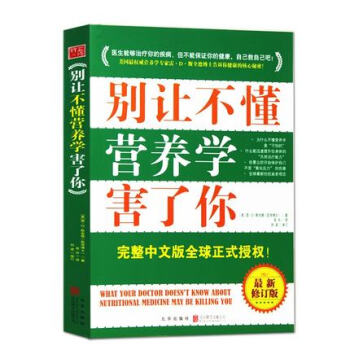


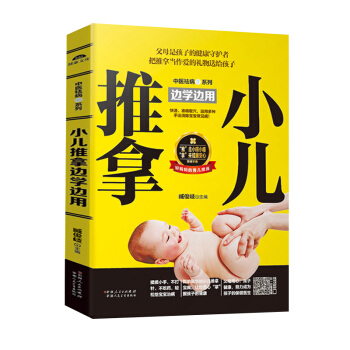
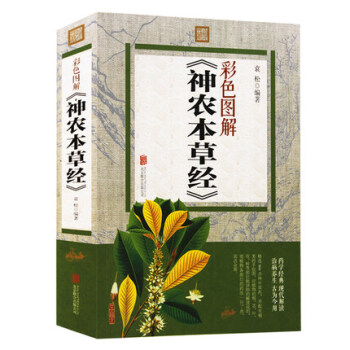
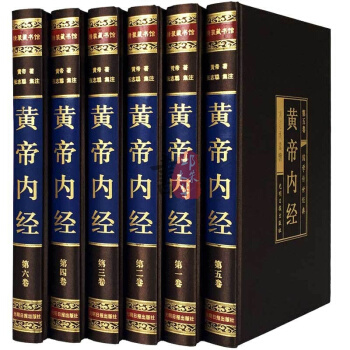
![[二手] 接地气,不生病:有史以来重要的健康发现 pdf epub mobi 电子书 下载](https://pic.windowsfront.com/16009792292/59a7880eNe0adef15.jpg)
